Brain Doping with Halo Sport
One of the most fascinating devices I’ve come across recently was the Halo Sport, and I briefly wrote about it. Around that same time I read a scientific article on “The Effects of Mental Fatigue on Physical Performance: A Systematic Review.” The study asserts that the brain will fail before the body. I reached out to Halo Neuroscience and they provided a sample device for testing. Could a device trick the brain to work harder, last longer, during training?
In my earlier article I promised an in-depth review after I’d spent more time with Halo Sport and here it is.
Technical Specifications
The Halo Sport includes an adjustable headset with a set of 3 primers, a recharge kit that includes two packages of solution and a cleaning tray, spray bottle, 2 sets of ear pads (open and closed), an audio and USB charging cable, and a carry case. The carry case is the perfect size to carry all the essential components to a workout as shown in the pic.
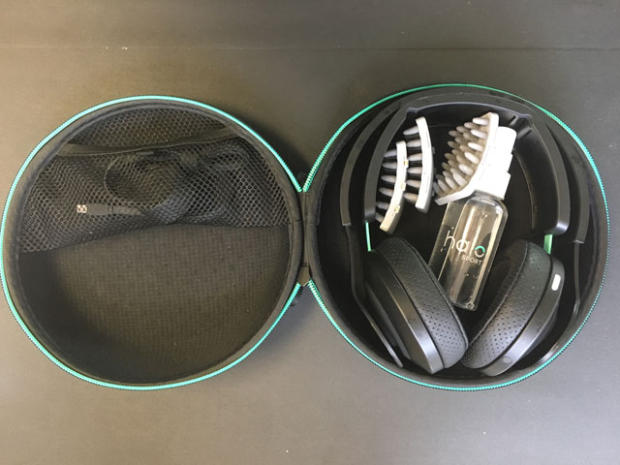
The inclusion of the closed ear pads are meant to reduce outside noise but, to be clear, they are not sound isolating headphones, nor are they meant to be. The Halo Sport requires the use of a mobile application to perform neuropriming sessions. The associated application is supported for iPhones 6 and up and Android devices operating with Android 5.0 and using BTLE 4.0 or newer.
One item of note: Although the headphones have bluetooth, they still require an audio cable for sound transmission. I spoke to the company about this feature, since the technology is within the device, and Halo Neuroscience stated they recognize that it is a wanted feature, but its adoption is down the road; they remain focused on the performance-improving component of their product.
Science and tDCS
If you are considering the Halo Sport, this is probably the section that will make or break the decision. Halo Sport uses a form of brain stimulation called transcranial direct current stimulation (tDCS). Through the use of electrical fields to the part of the brain that controls movement (motor cortex), Halo Sport claims it can create a state of hyper learning where athletes will benefit from faster gains in strength, muscle memory, and endurance. What does the science say? The Halo team did a nice job on its website spelling out the science behind the headset and tDCS, however I relied on an independent look using PubMed and other resources.
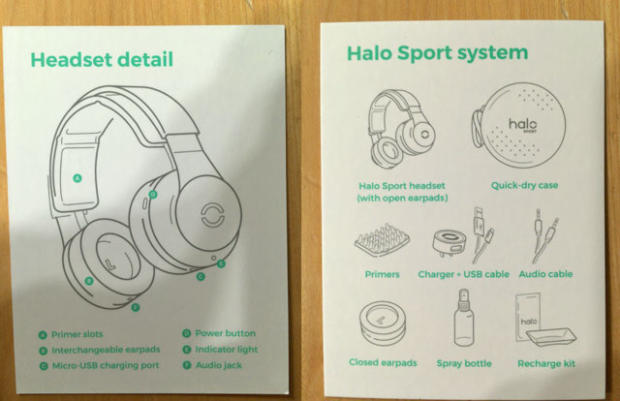
The growth of scientific interest in tDCS, as it pertains to movement and medical rehabilitation, has escalated dramatically in recent years with 40 studies published in 2010 and over 200 studies in each of the past two years (using search terms tDCS motor). A review of select studies provides credence to the use of tDCS as a plausible performance enhancer, even in trained subjects, with the optimal amplitude being 2mA over 1.5mA. Once such review study can be found here and here is a recent abstract on tDCS in trained athletes.
The potential use of tDCS for "brain doping" also garnered the attention of well-known writer Alex Hutchinson of Sweat Science, who wrote, "Frankly, I'd like to see anti-doping authorities get ahead of the curve and weigh in right now to restrict the use of electric brain stimulation for athletic enhancement." Now, although there are comparatively still few studies on the use of tDCS for sports performance, it is clearly beginning to garner attention of the scientific community, and now the sports world.
Getting Started
The Halo Sport works in a similar fashion to a pair of BTLE headphones. The headset is turned on via a silver power button located on the right earpiece and once activated, a flashing green light illuminates near the power button. Next, the user pairs the headset to the mobile app, which will locate Halo Sport and confirm the pairing. Once paired, the app will prompt you to choose your type of neuropriming session (i.e. Hands and Fingers or Legs, Core, and Arms). Endurance athletes will primarily use the Legs, Core, and Arms session as the other is meant primarily for fine motor movements, which I did not test.
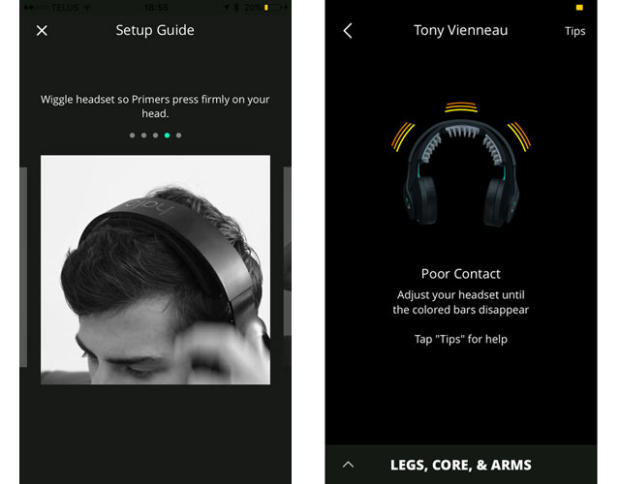
Next step is to uniformly soak the 3 primers with water until they are dark gray, a step that is required prior to each use. Once soaked, the primers are then easily installed to the headset via a small hinge and magnetic closure. Now the device is ready to be worn, only slightly tighter than a traditional pair of headphones. A screen will then display on the app indicating if the connection between the primers and the user’s skull is sufficient for neuropriming or requires tightening/adjustment. The headset then emits an audio cue indicating it is ready to begin a neuropriming session and the application will display the start screen and an amplitude level at the default level 5 with the ability to increase it to level 10. All but one person whom I tested the device on was able to use it at level 10.
The level on the mobile app changes the amplitude of the tDCS from a low of 1mA to a max of 2.2mA with the default level 5 being at 1.8mA. As discussed in the science component, the Halo Sport, even at the default level, uses an amplitude that has demonstrated the greatest potential for performance improvement.
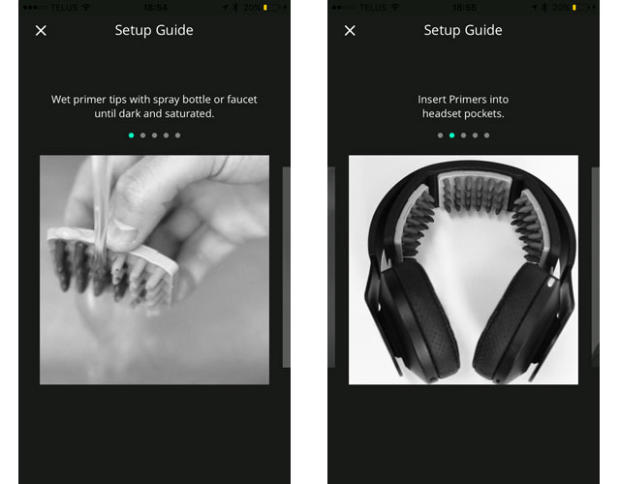
If the start screen does not display, a user will likely receive a "poor contact" error on the mobile app along with a visual of the strength of the connection via a 3 bar display indicating the strength of the connection with 3 bars indicating a need for major adjustments. Anytime I encountered the poor contact error I found it could be corrected via the following troubleshooting, in order: tighten/wiggle the headphones; add more water to the primers; clean the primers. If the poor contact error was the result of the primers requiring cleaning, it was still possible to use the device but it required significant tightening of the headset to a point that it was a bit uncomfortable.
During my testing I also noted that those with longer or thicker hair received more poor contact errors than other users, regardless of head size. A trick I found that even improved connection for those with shorter hair was to wet and slick-back hair prior to wearing the Halo Sport and this trick nearly eliminated any connection errors. This also helps alleviate hair products accumulating on the primers which I believe affected the connection strength, and possibly the lifespan of the primers.
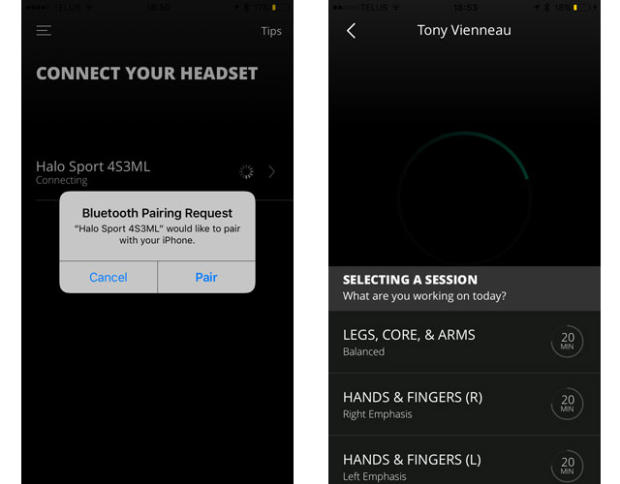
The primers need to be cleaned and air-dried after each use, especially if you wear hair products, and the primers may need to be recharged via a solution provided by Halo Neuroscience. This helps clean the primers and restore their ability to absorb water for use. Finally, if the solution/cleanse was unsuccessful in correcting the connection problems, it may be time to replace the primers. Halo Neuroscience does not provide a definitive lifespan for the primers and I have yet to reach the point where they required replacement. However I would guestimate, based on the state of my primers, the lifespan to be six to twelve months under normal use.
Neuropriming Session
Halo Sport recommends using its device during warm-up once a day and only for intense training sessions (i.e., 3 to 4 days a week). The rationale is based on scientific studies that show the physiological benefits of a neuropriming sessions lasts for up to 60 minutes at the conclusion of a session and it continues during a consolidation phase that happens while at rest, hence the once-per-day use. The company also agreed that many triathletes may benefit further by waiting to use the headset until later in a prolonged workout for two main reasons: the skill/focus of the workout is often beyond 60 minutes; and it will allow users to improve their neural drive for endurance and maintain strong biomechanics or technique for an entire race. Like any athlete, I tried the more-is-better with neuropriming (i.e. 7 days a week) and I didn’t notice a difference compared to 3 to 4 days a week.
The neuropriming session lasts 20 minutes and there is a countdown timer on the app along with an audio cue to advise when the session is complete. It was not necessary to keep the app open in the foreground during a neuropriming session. Music or other audio files can also be played during a session. I found the audio quality to be acceptable considering the headphones' primary use was not music.
I had no issues wearing the headphones during active warmups, from sprints to plyometrics, and the tingling sensation on the skull becomes unnoticeable after a couple minutes for most people. Once the neuropriming session is over, a user can continue to wear the headset for audio but I highly recommend removing the primers as I found they could cause a headache if worn for extended period of time (greater than 45 minutes).
The sensation of a neuropriming session can best be described as similar to testing a 9V battery with your tongue: low voltage, slight tingling and high voltage equated to higher tingling. The same can be said of the difference between amplitude level 5 and 10 for the Halo Sport.
My testing indicates that the headset will work for seven to eight priming sessions per charge and it takes around two hours for a complete charge. The mobile app will indicate that the headset requires a charge, however only the Android app has a battery indicator at this time. So, while using my Apple device, on more than one occasion I attempted to begin a Neuropriming session only to learn there was insufficient battery strength to do so. Halo Sport did confirm that the battery status indicator for the mobile app should be released to iOS users in the near future.
Did it work?
During the 3 months of testing, I had no issues with the headphones, the primers, or the mobile application. In fact, there was only one minor update released during this period, which is a good indicator that Halo Neuroscience has things in order in terms of software and firmware. But what about some of the claims that their device can result in a 3.5% to 10% performance improvement?
Evaluating whether Halo Sport had an effect, or if the effect could be attributed to the neuro-priming, can be difficult in a non-laboratory setting. Unlike aero helmets or other equipment which can be tested in a wind tunnel and quantified objectively, performance improvements resulting from the use of the Halo headset could also be attributed to a number of subjective/outside factors that cannot be controlled (overcoming a plateau through time and training, having a good day, placebo). In fact, if one was not intrigued, or convinced, by the scientific literature behind tDCS, he will most likely attribute any benefit of neuropriming to something else.
During my testing, and sharing the device with an experienced runner and a fitness athlete, each of us noticed improved performance metrics (increased FTP, maximum reps, 10k pace) from 2.5% to 7% and a decreased perceived exertion particularly in extended workouts. In fact, one of the tested athletes and I subsequently purchased a Halo headset. It was tough to argue with the results. It is difficult to say at what point will users will see diminished gains or if cycling the use of tDCS may be more beneficial than continued use. Only time will tell.
Let's be clear, the Halo Sport will not immediately make someone a podium finisher nor do I see it improving seasoned athletes' FTP or threshold running pace by 10% after a month, but in a sport that thrives on marginal gains, the use of tDCS and Halo Sport does appears to provide athletes an edge in training that could translate to improved performance.
The Halo headset is available and retails for $749 and has a 30 day risk free trial. The Primer Pack replacement cost is $39 and includes 3 primers and a recharge kit.




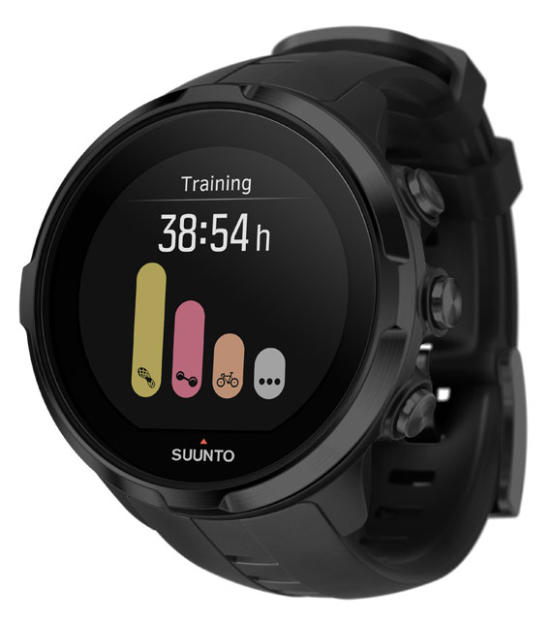
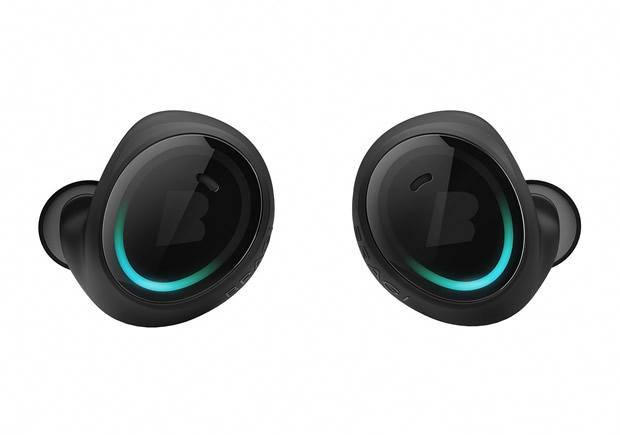

Start the discussion at forum.slowtwitch.com